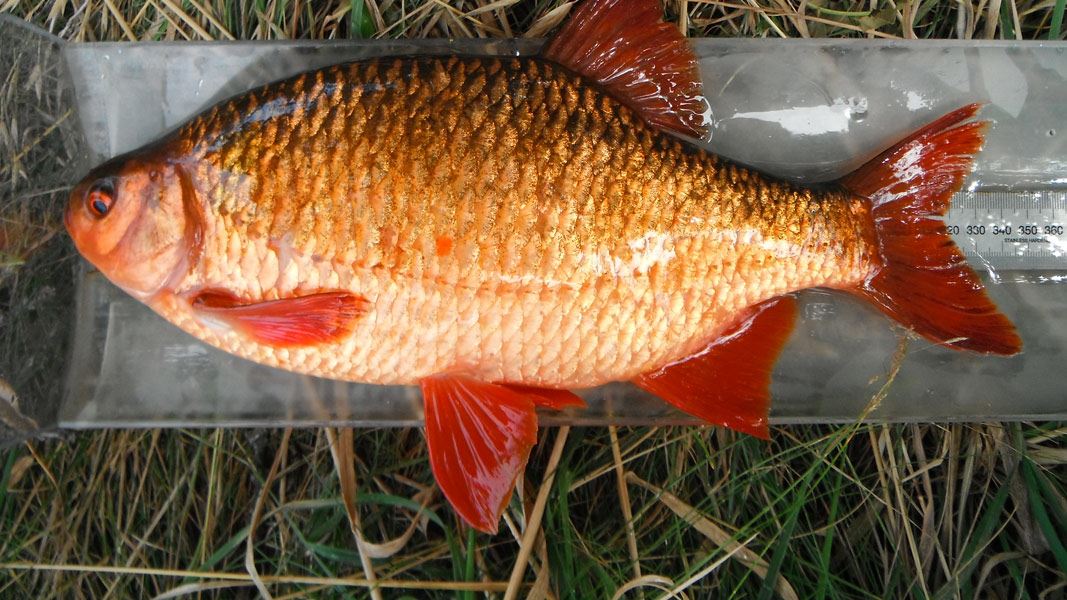Archived content: This media release was accurate on the date of publication.
Date: 19 May 2020
DOC rangers searching for "freshwater baddies" found no sign of pest fish and no new aquatic weed infestations, after a comprehensive search of 31 sites, on private and public land in the Otago region.
This is good news for native fish and plants, who suffer when introduced species find a foothold in rivers, lakes and wetlands.
There are no known sites where pest fish are found in Otago - and rangers want to keep it that way.
Ranger Helen McCaughan says, "Surveying for pest fish is all about protecting native species and ecosystems, because pest fish cause reductions in water quality, increase competition with native fish for food sources, and eat native invertebrates, fish and their eggs".
"The pest fish we were looking for this summer were rudd (Scardinius erythrophthalmus), koi carp (Cyprinus carpio), gambusia/mosquitofish (Gambusia affinis), and catfish (Ameiurus nebulosus).
"Whilst looking for pest fish the crew also kept their eagle-eyes open for some pest plants, particularly hornwort (Ceratophyllum demersum) and lagarosiphon (Lagarosiphon major)."
"While we didn't find any pest fish, we did find natives – the common bully (Gobiomorphus cotidianus), giant bully (Gobiomorphus gobioides), eel/tuna (Anguilla spp.), īnanga/īnaka (Galaxias maculatus), and freshwater crayfish/kōura (Paranephrops zealandicus). These species can all thrive in a healthy, pest fish free waterway."
Pest fish are most often spread by people introducing them illegally to waterways. Harmful waterway weeds, fish and their eggs are spread by people moving equipment between waterways. Fishing gear and boats need to be cleaned when moving them from place to place.
Goldfish are increasingly found in waterways around the country – including Otago. While not technically classified as a pest fish, they are certainly a nuisance fish and can compete with native fish and degrade water quality.
Everyone can help to protect our special freshwater places by preventing the spread of freshwater pests. Just remember:
- Check, Clean, Dry all gear when moving between waterways.
- Do not release fish or plants into waterways.
- Do not move fish or plants between waterways.
Background information
Extra resources were allocated toward pest monitoring thanks to the Biodiversity 2018 budget.
The equipment for monitoring pest fish– gill nets, fyke nets and Gee minnow traps, is set out before sunset, when most fish are very active. The equipment is retrieved before sunrise the next day, to prevent diving birds such as scaup and shags becoming caught in the nets.
See how to "Clean, Check, Dry" your gear.
Contact
For media enquiries contact:
Email: media@doc.govt.nz
